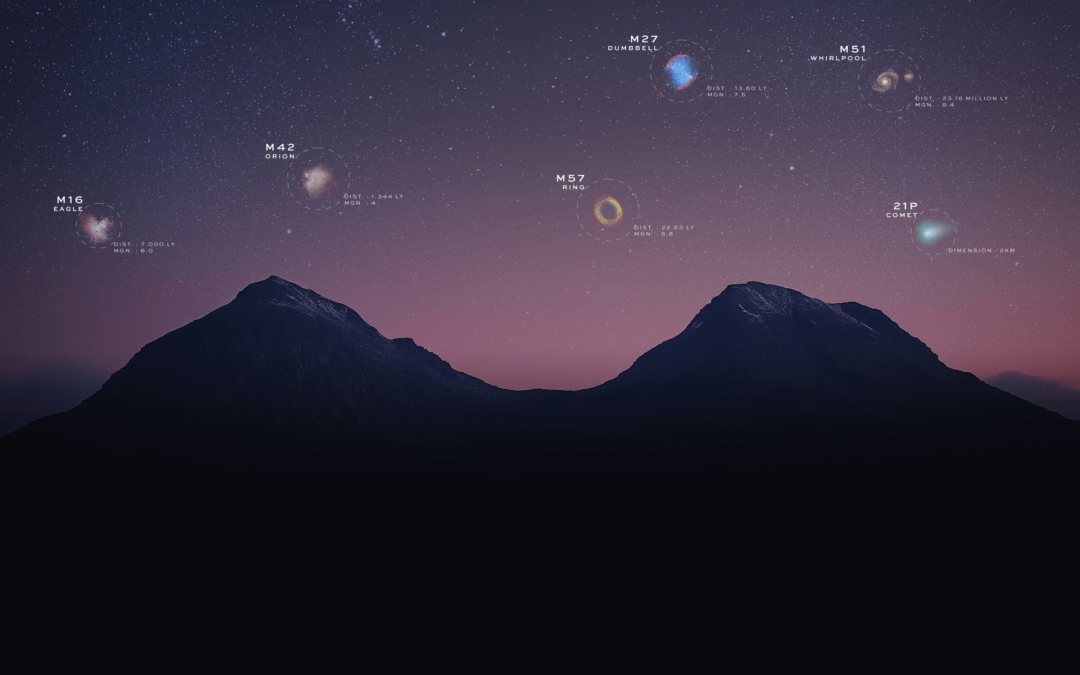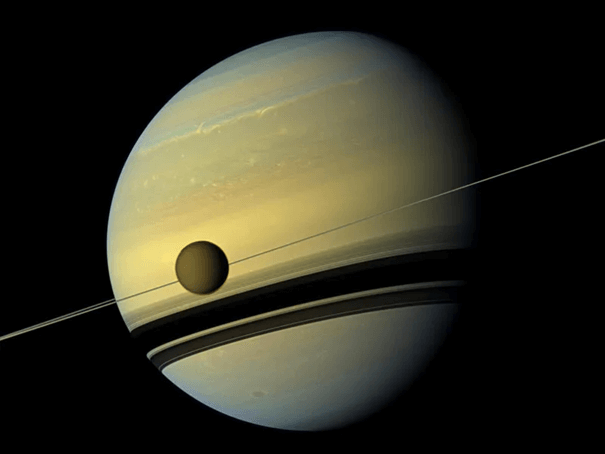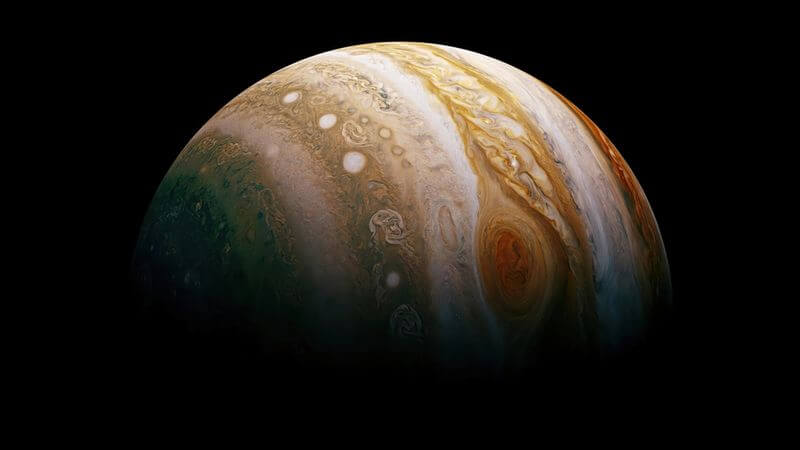Unistellar Citizen Astronomers are invited to participate in this week’s quest to observe celestial objects in the Gemini constellation!
Quick facts about the Gemini constellation:
- In Latin, Gemini literally means “twins.”
- In Greek and Roman mythology, Zeus placed the twin brothers Castor and Pollux in the sky the twins after their clash with Idas and Lynceus, their twin cousins.
- Castor and Pollux are the brightest stars within Gemini.
- In the 2nd century, Gemini was catalogued for the first time by the Greek astronomer, Ptolemy.
- The best time of year to view Gemini is in Winter and Spring.
- Gemini is the 30th largest constellation in our sky and is visible in the Northern Hemisphere.
Stars in Gemini
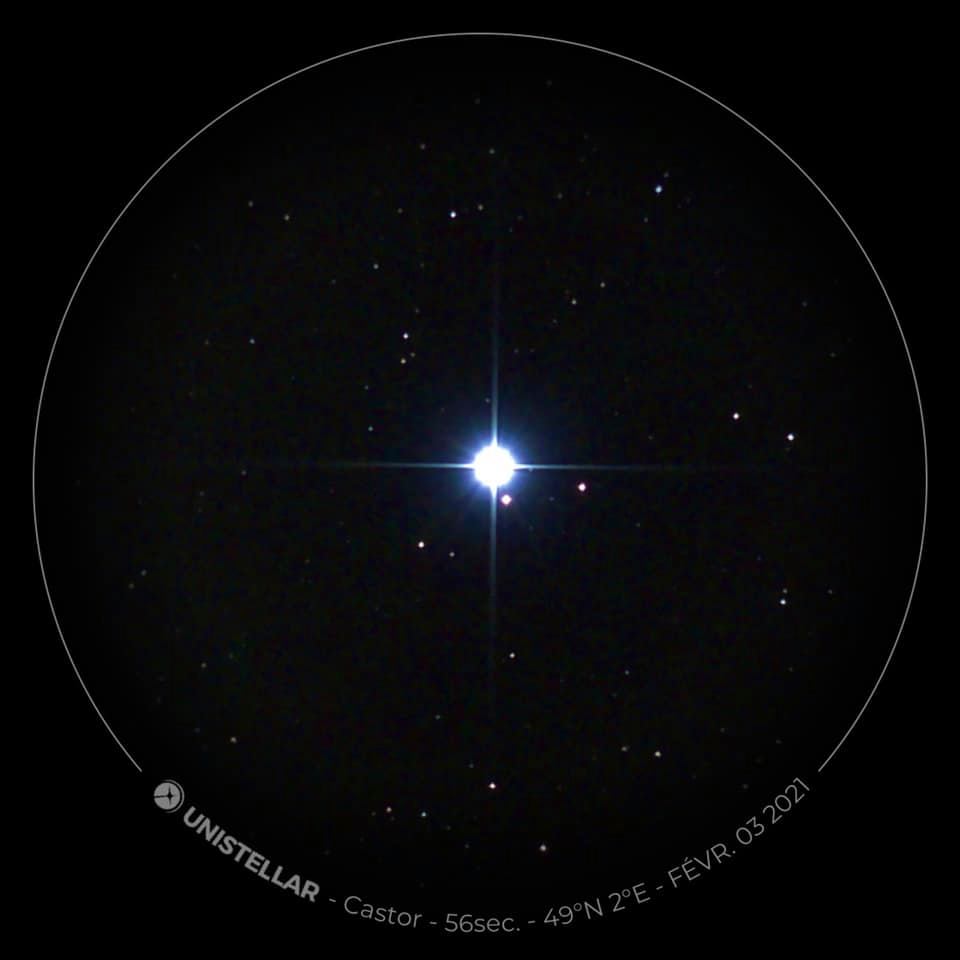
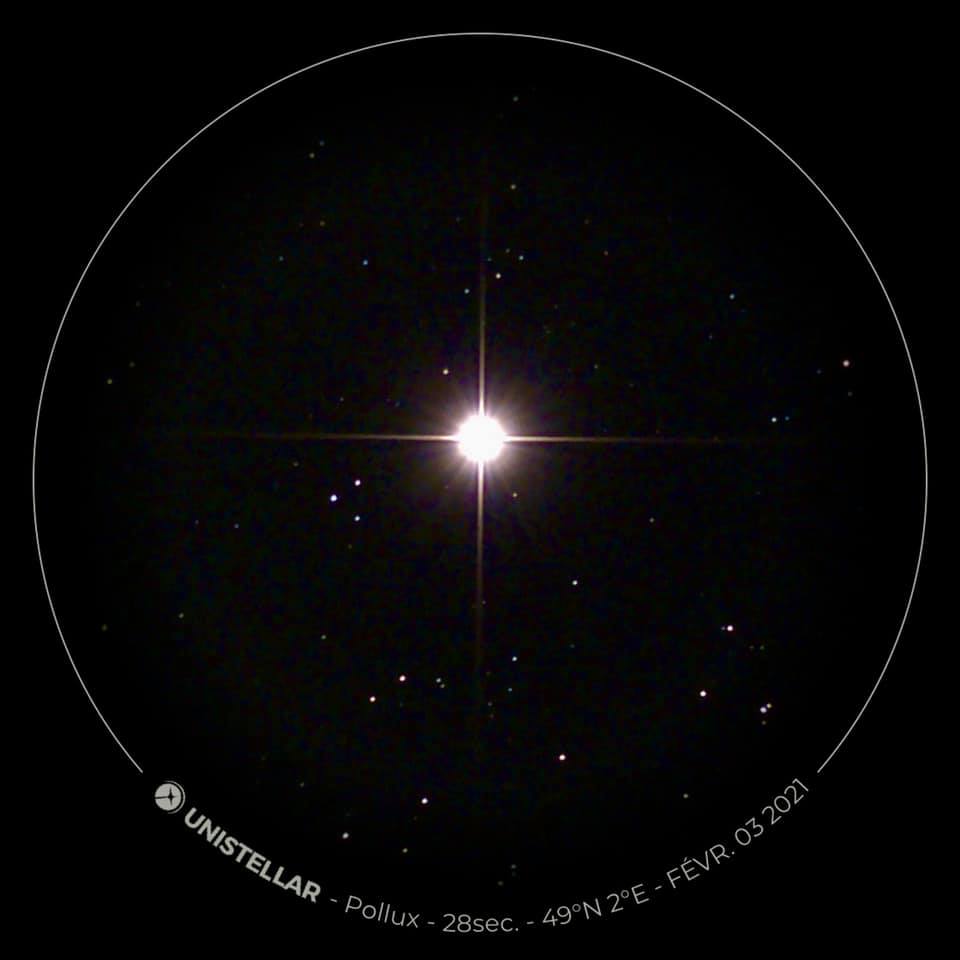
The above eVscope images show the two brightest stars within the constellation Gemini: Castor and Pollux with their distinct colors. Castor is actually a star system made up of 6 different stars, the brightest and largest two being blue in color. Pollux, the brightest star in Gemini, is the closest giant star to us and is orange in color.
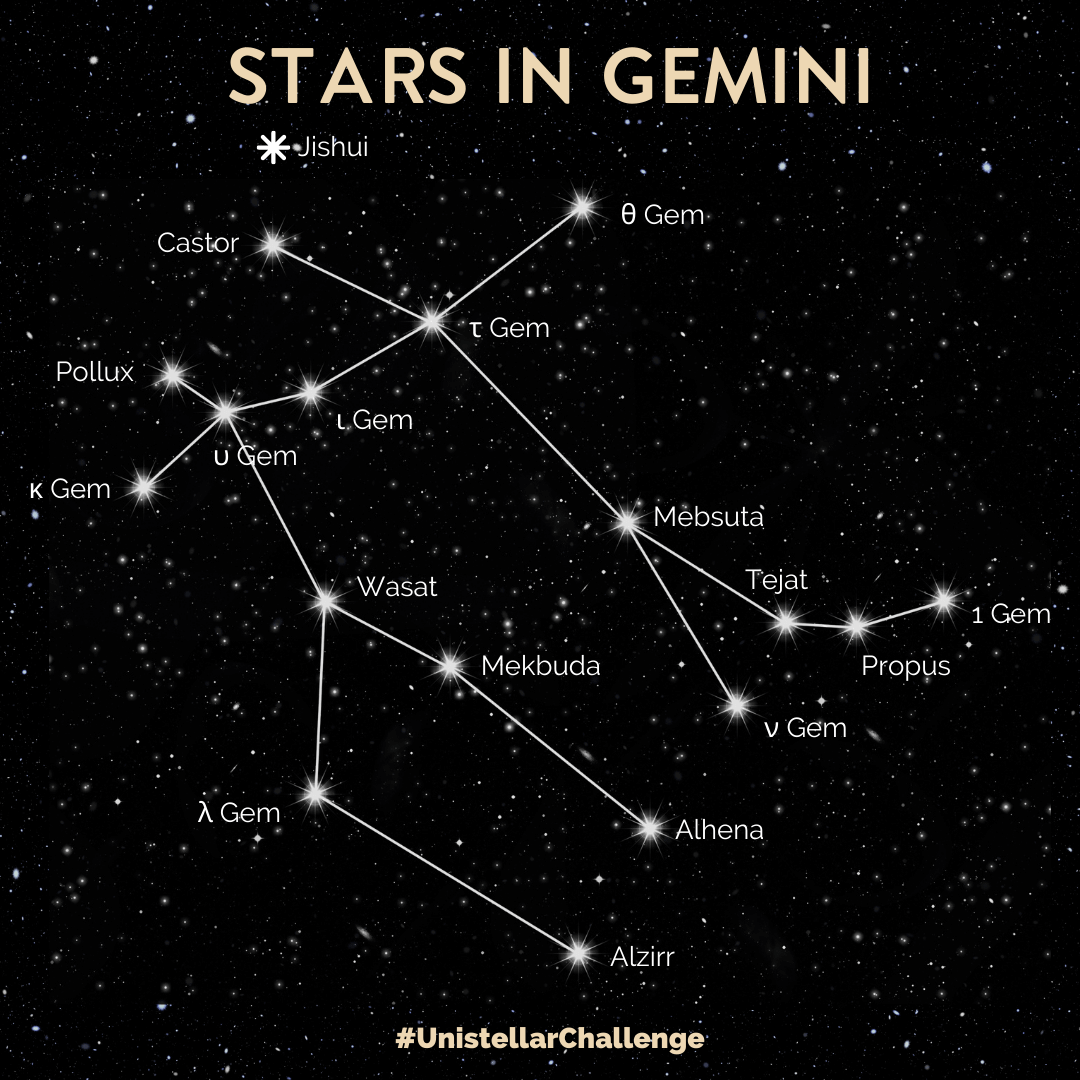
Observing Tips:
- Search for “gem” in the Explore tab of the Unistellar app. What shows up will be all the stars and deep-sky objects in the Unistellar app database within the Gemini constellation.
- We recommend using the Enhanced Vision mode when viewing stars to bring out their colors.
- Depending on the sky quality at your location, you may want to leave the Enhanced Vision mode on for a few seconds.
Deep-Sky Objects in Gemini
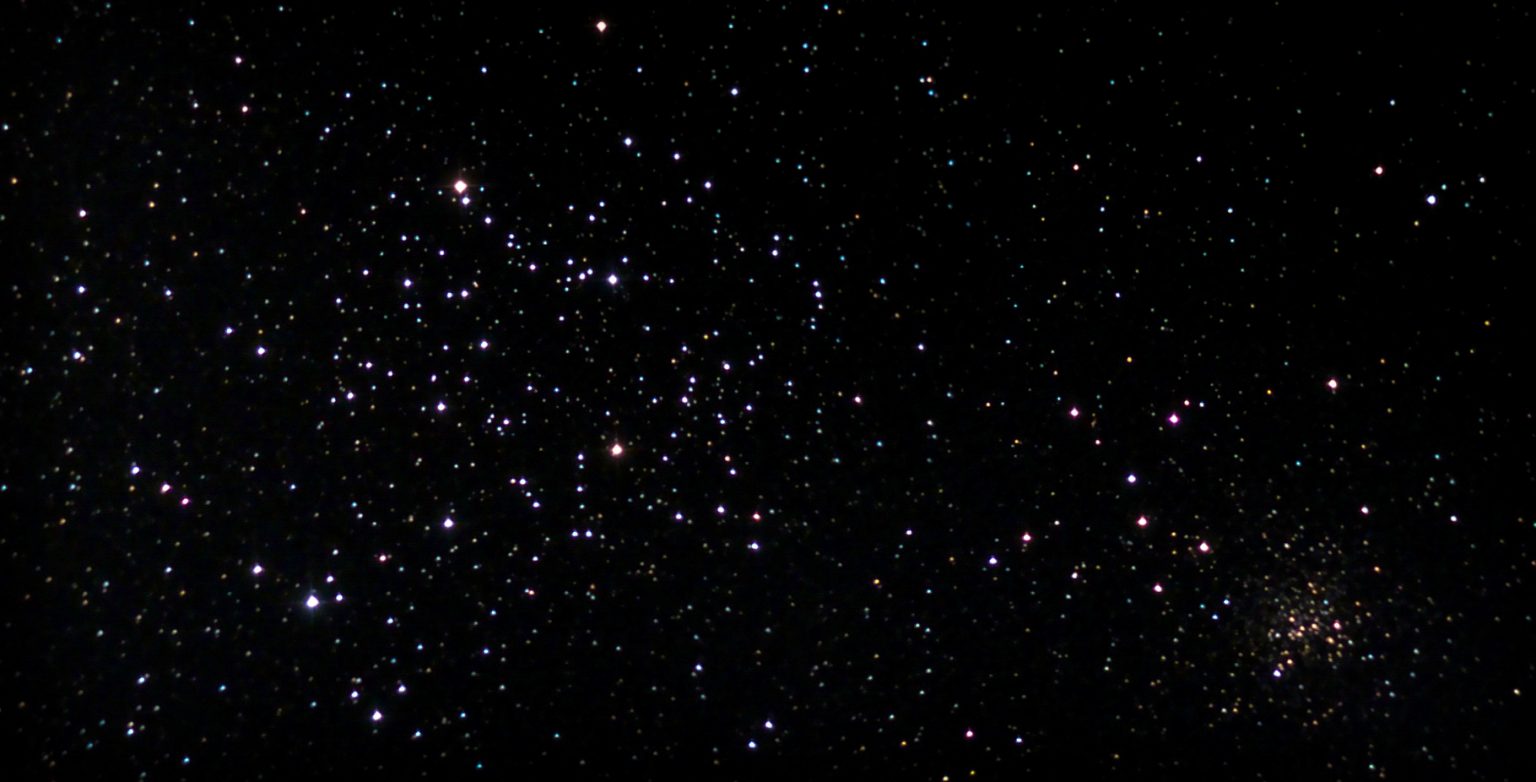
eVscope image mosaic of M32 (left) and NGC 2158 (right) captured and assembled by Unistellar Citizen Astronomer David Rowe, from Wimborne, United Kingdom
Messier 35 and NGC2158
M35 and NGC 2158 are both open star clusters, meaning that the stars within the cluster formed together and are loosely bound by gravity. Although they appear close in the sky, they’re actually 9,000 light years apart and are not related. The relatively young open cluster M35 is about 2,800 light years away from Earth and about 150 million years old. The older open cluster NGC 2158 is about 12,000 light years away and is about 2 billion years old.
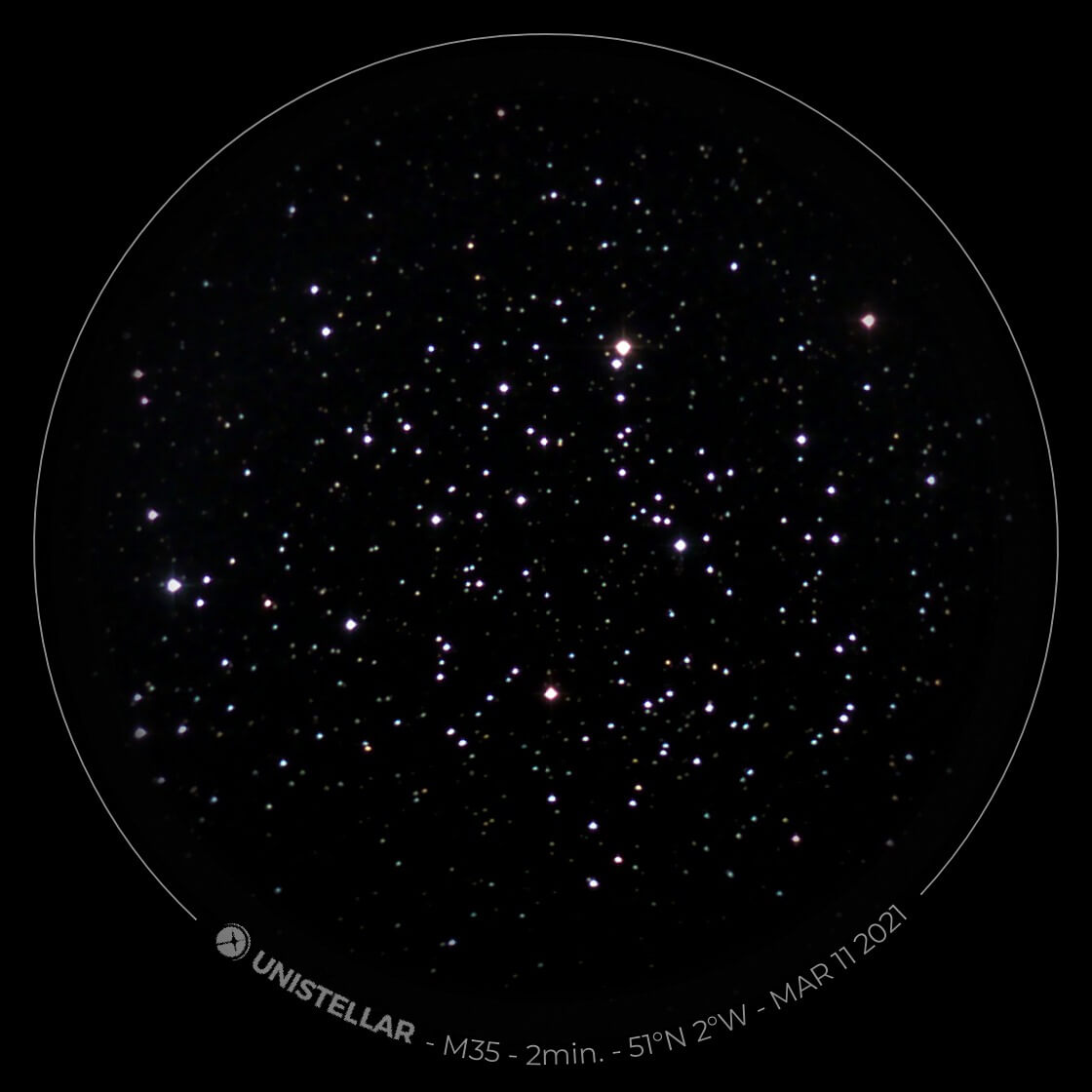
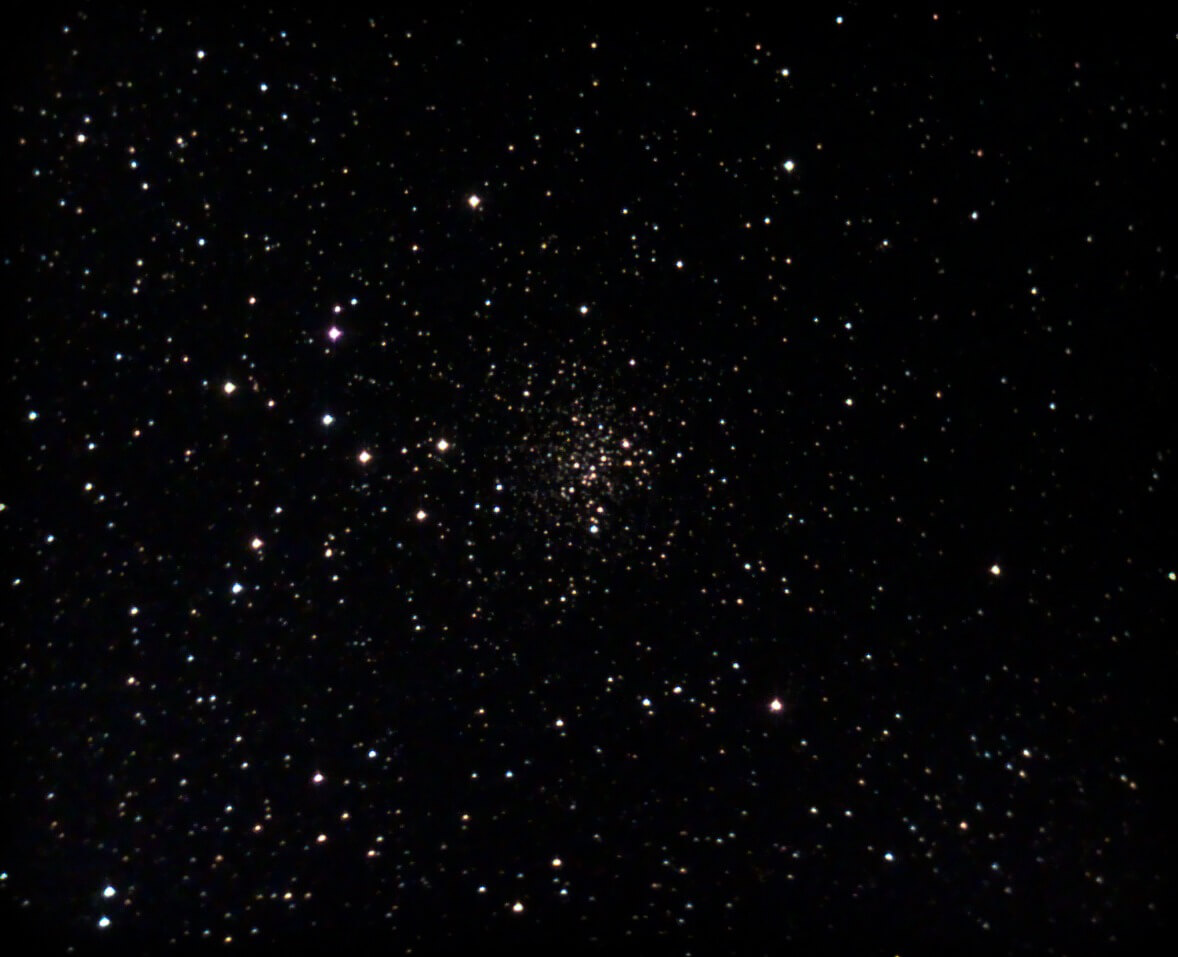
eVscope images of M35 and NGC 2158 captured by Unistellar Citizen Astronomer David Rowe, from Wimborne, United Kingdom
Observing Tips:
- Search for “M35” and “NGC 2158” in the Explore tab of the Unistellar app.
- Depending on the sky quality at your location, you may want to leave the Enhanced Vision mode on for at least a few minutes
- Recommended Bortle Class is 7 or lower.
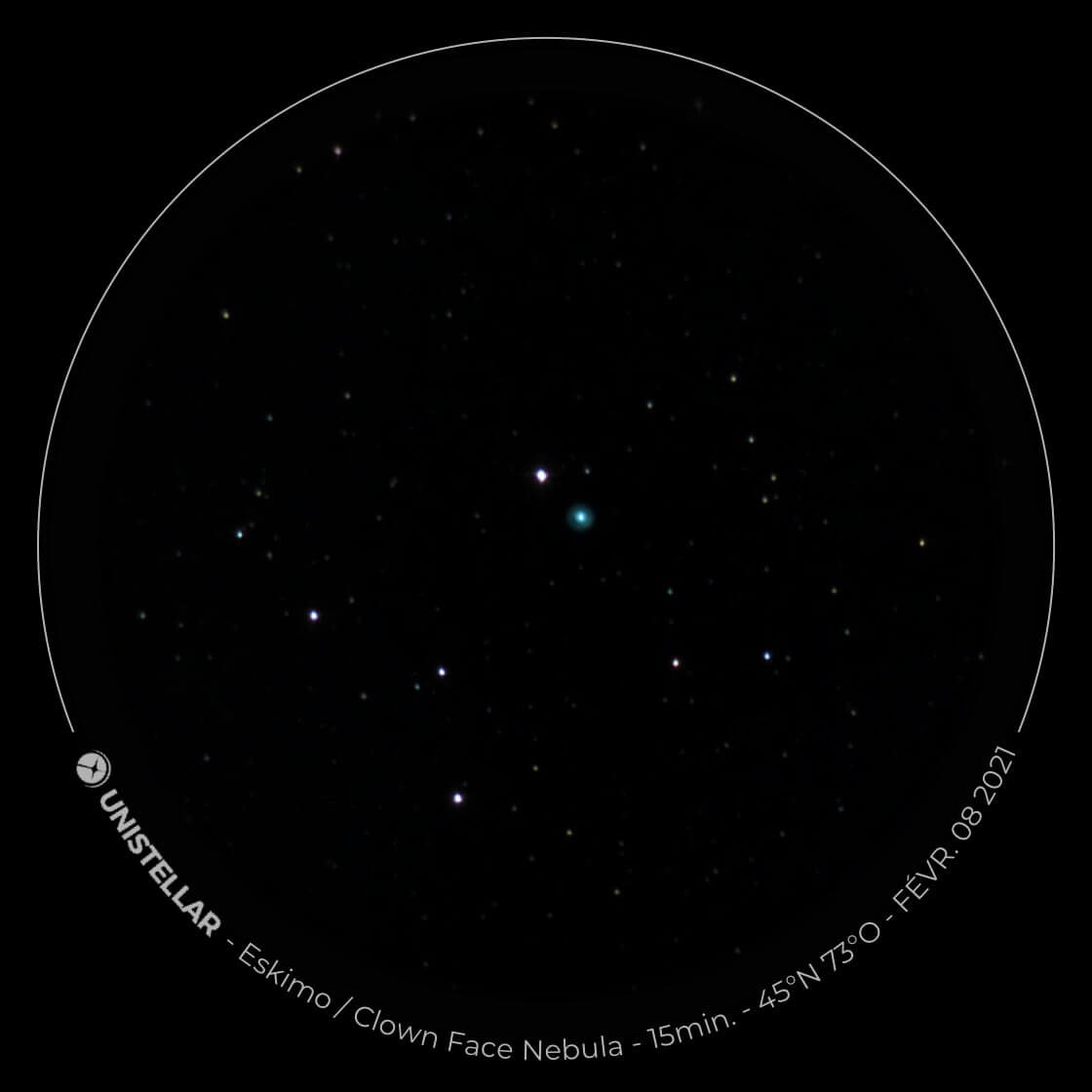
eVscope images of M35 and NGC 2158 captured by Unistellar Citizen Astronomer David Rowe, from Wimborne, United Kingdom
NGC 2392
Also known as the Eskimo Nebula, Clown-face Nebula, or Lion Nebula, NGC 2392 is a planetary nebula. These nebulae form from dying stars that were once similar to our Sun as it collapsed from a red giant to a white dwarf, ejecting its outer layers. Those outer layers, made of gas, expand and form the shape of the nebula. In case you are wondering, planetary nebulae have nothing to do with planets! NGC 2392 is about 6,500 light years away from us.
Observing Tips:
- Search for “NGC 2392” in the Explore tab of the Unistellar app.
- Depending on the sky quality at your location, you may want to leave the Enhanced Vision mode on for at least about 10 minutes
- Recommended Bortle Class is 5 or lower.
We encourage you to share your observations and join the conversation through our Facebook, Instagram and Twitter pages using the hashtag #UnistellarChallenge!
If you’d like to send us your observations by email, send them to [email protected].
Clear skies! 🔭
Further readings
3 Reasons to observe this month
Every month, discover three unmissable celestial events to observe with your Unistellar telescope.
Two spooky appearances in the sky for Halloween
Every month, discover three unmissable celestial events to observe with your Unistellar telescope.
3 Reasons to observe this month Halloween Edition
Every month, discover three unmissable celestial events to observe with your Unistellar telescope.
Titan’s shadows
This summer, the ringed planet Saturn takes centre stage in our night sky, offering amateur astronomers a rare opportunity to observe fascinating transient events.
Observing Eclipses on Jupiter: Cosmic Spectacles Through a Telescope
The latest Unistellar App Update, version V3.0, is now live. Explore a smooth stargazing experience !
Unistellar Community Included In Multiple Scientific Papers
Did you know Unistellar Citizen Astronomers are often cited in published scientific papers? Find out how you can contribute too!

